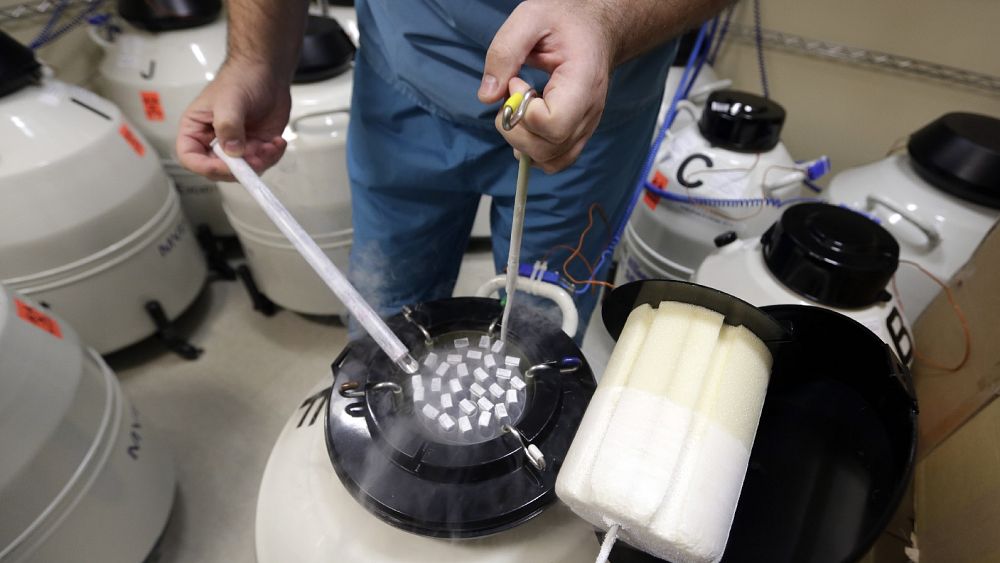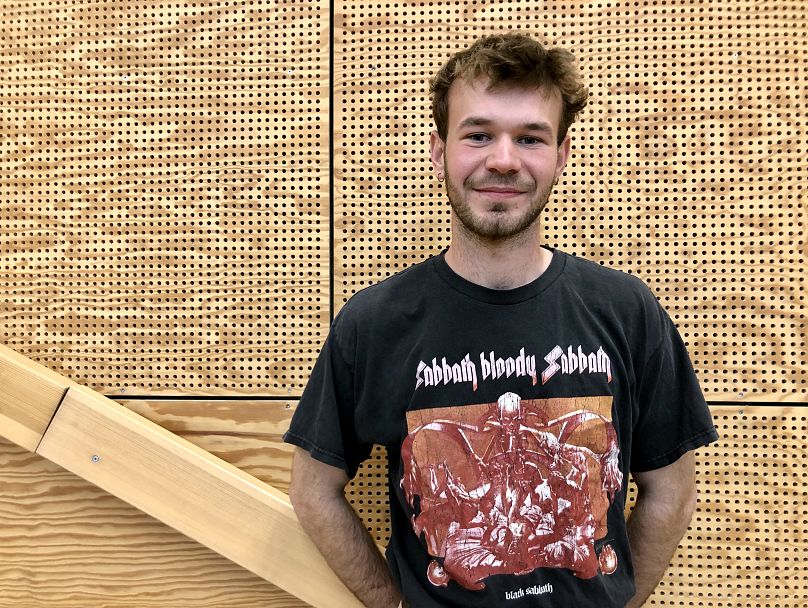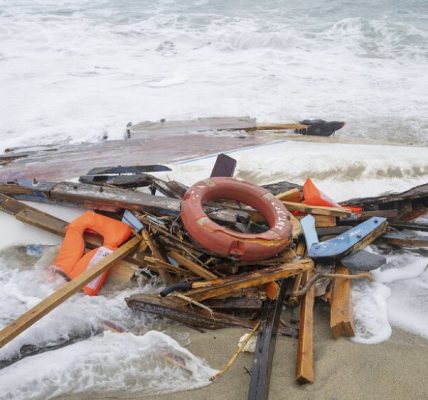
With her biological clock ticking louder and louder, and a partner whose wish for children had already been fulfilled, Kim, a 37-year-old woman from the Netherlands, decided in June 2020 it was time to start seriously looking into the possibilities of satisfying her desire to become a mother.
Because she had never had any particular attachment to the “traditional” family, she eventually up at a Dutch fertility clinic, where she was offered the choice between a sperm donor from a Dutch sperm bank or from commercial Danish sperm banks.
She opted for the latter because they offered a wider variety of donors and more information about them.
“Whereas Dutch sperm banks only allow you to select for four external traits, being hair and eye colour, ethnicity and posture, Danish sperm banks provide you with much more extensive profiles, including a baby picture, handwriting, and voice sound,” she told Euronews.
This altogether gave her a good impression of the personal character of the sperm donor, something she deemed important for her future child.
“I wanted my child to be able to trace back her origins and stimulate the potential curiosity for her biological background,” she said.
After a thorough decision process, Kim ended up choosing a sperm donor with Portuguese descent that she found in the database of Denmark’s Cryos International, by its own admission the largest sperm bank in the world.
She made the order on a Tuesday and her fertility clinic called on the Thursday to inform her that three straws of deep-frozen sperm had arrived. Quite unusually, the insemination that followed, about a month later, was an instant hit.
Danish dominance
Across the whole of Europe, women like Kim are pregnant or have conceived children from sperm donors through Danish sperm banks.
Some Dutch fertility clinics say more than 60% of their treatments are done with sperm from a Danish establishment. In neighbouring Belgium, 6 out of 10 children born thanks to sperm donations reportedly have biological Danish fathers. Roughly a fifth of donated sperm available in the UK is imported from Denmark. The Irish Times even claimed that 90% of Danish sperm goes to other EU countries.
Danish sperm banks themselves prefer not to give exact numbers on the amount of sperm donations they export, citing strategic reasons, but it is clear that they are dominant in Europe. In the words of Martin Lasse, Chief Medical Officer at Cryos International: “If it is a big market in Europe, it is a big market for us”.
The biggest two Danish sperm banks are Cryos International and the European Sperm Bank, with headquarters in Aarhus and Copenhagen respectively. Whereas Cryos claims to have over 1,000 available donors, European Sperm Bank says it has between 800 to 900 donors ready to be selected by recipients.
Their popularity can be attributed in part to the broad selection of sperm donors, giving future mothers a diverse palette of phenotypes to choose from. Their supply is so extensive and varied due to the fact that both companies have opened branches in other parts of Europe like Cyprus, the United Kingdom, Germany and the Netherlands.
Long-standing tradition
So why precisely has this country gained such a foothold across Europe when it comes to sperm donation?
A lot can be traced back to Denmark’s long-standing tradition of fertility treatment, as well as early regulation, in 2006, that allowed single and lesbian women to get inseminated with donor sperm. This is currently allowed in just a dozen EU countries.
According to Annemette Arndal-Lauritzen, CEO of European Sperm Bank, this did not only open up the conversation about sperm donation but also set in motion a wave of newly born Danish donor children.
“Today, more than one percent of all children born in Denmark are born with donor sperm. That is the highest percentage of any European country. The fact that so many children in Denmark have been born out of donation really took away the taboo in our country,” she told Euronews.

Martin Lassen also argued that sperm donation is so normalised in Danish culture simply because it has been around for so long. “Our founder started the first Danish sperm bank 35 years ago. Since then the Danes have become accustomed to sperm banks advertising sperm donation. It has become part of our culture.”
Lasse Haldrup (23), who has been a Danish sperm donor since July last year, also doesn’t feel sperm donation is a touchy subject in Danish society.
“I speak quite openly about it. Everybody in my surroundings knows, my family, my friends, even the girl I am currently seeing,” he told Euronews.
Recruitment
Unlike in most other European countries, Danish legislation allows sperm banks to advertise freely amongst Danish men. Younger Danes, for instance, are targeted through Instagram or Youtube ads.
“We invest quite a lot in recruiting donors,” Lassen says. “We try to educate them by explaining what are the pros and cons of donating, and what it can mean for others.”
In return for every sperm donation, donors receive a fee and a fitness subscription. This financial reward is especially welcome by students like Haldrup. “I receive €40 per donation and I donate around twice a week. For me it is a win-win: I don’t need a side job and I help others get children.”
The serious investment in recruitment makes many Danes apply to become sperm donors.
“Due to the high number of applicants we have a lot to pick from. It ensures that we can provide high-quality sperm,” Arndal-Lauritzen said. Still, numerous health tests are conducted, and in the end, only about 5% of applicants get approved as sperm donors.
No wonder Kim was quickly pregnant. She welcomed her baby in early February.




